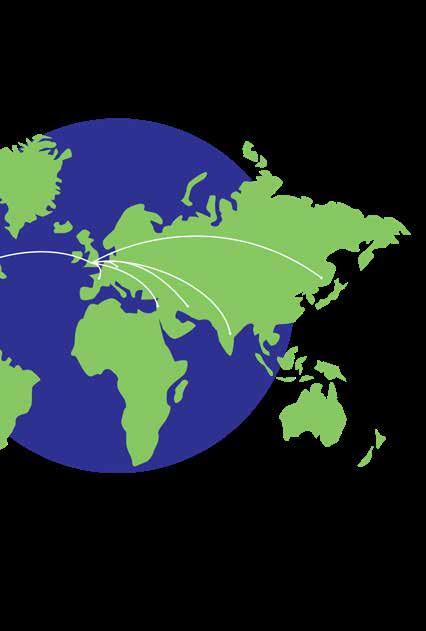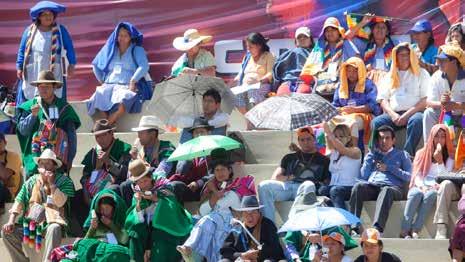Anvee Bhutani, Human Sciences at Magdalen College
Farmers protest in India: explained
Last month, Rihanna and Greta Thunberg’s tweets single-handedly attracted a global audience to the farmers’ protest, which was previously confined to India. Dubbed “the largest protest in human history”, it is estimated that over 250 million Indians worldwide along with their supporters have taken to the streets in hopes of asserting solidarity with the farmers and posturing themselves against the governmental change. But with an issue so vast and multifaceted as the farmers protests, it is important to understand both why and how the situation has reached the current climate.
Who is protesting?
The past few months have seen farmers, predominantly from the northern Indian states of Punjab, Haryana and Rajasthan, take action against changes to agricultural laws. Initially, farmers from these areas unionised and began to march towards the capital city of Delhi under the slogan “Delhi Challo” ("Let’s Go to Delhi"). It is estimated that over time upwards of 300,000 people have converged at the various entry points into Delhi where they have been met by water cannons and tear gas from police and law enforcement. However, this protest made history when, in late November, over 250 million people across the subcontinent participated in a general strike in solidarity with the protesting farmers. The global support and solidarity the movement has also received from South Asian diaspora groups has made this the largest protest in human history.
What are the new laws?
Protests were triggered by changes to farming legislation, which were signed into law on the 28th of September, 2020. The disputed laws are: the Farmers’ Produce Trade and Commerce Act, the Farmers Agreement on Price Assurance and Farm Services Act and the Essential Commodities Act. The Farmers’ Produce Trade and Commerce Act aims to completely open the sale of produce outside the Agricultural Produce Market Committees, also known as the ‘mandis’, which creates a possibility for more competition and better pricing for farmers. Rather than the government acting as a mediator. under the act, businesses are left completely free to negotiate with farmers themselves. This leaves massive room for exploitation and could also result in the ‘mandi’ system being permanently phased out.
The Farmers Agreement on Price Assurance and Farm Services Act creates a framework for contract farming which allows for the sale of farming produce at a mutually pre-agreed price to massive retailers. This shifts the negotiating power in the agricultural sphere away from farmers and towards big businesses, leaving them at their mercy.
32
The Essential Commodities Act takes away cereals, pulses, oilseeds, edible oils, onion and potatoes from the list of essential commodities. Therefore, the stocking of these commodities is no













